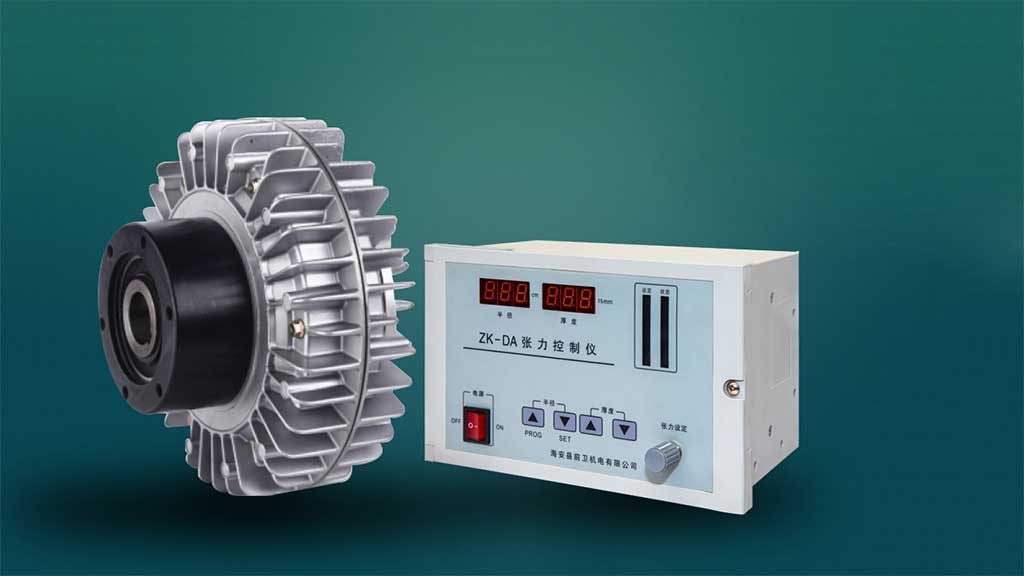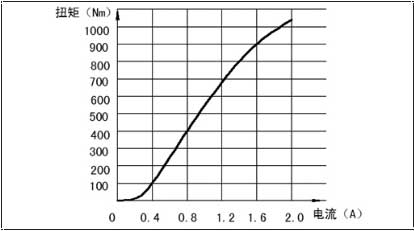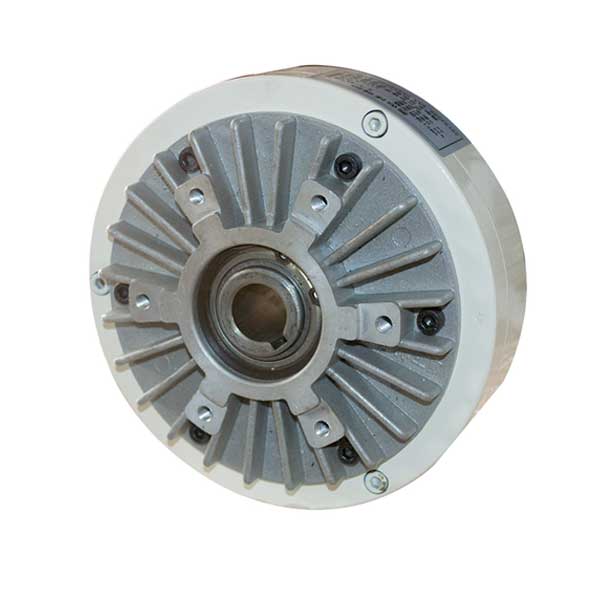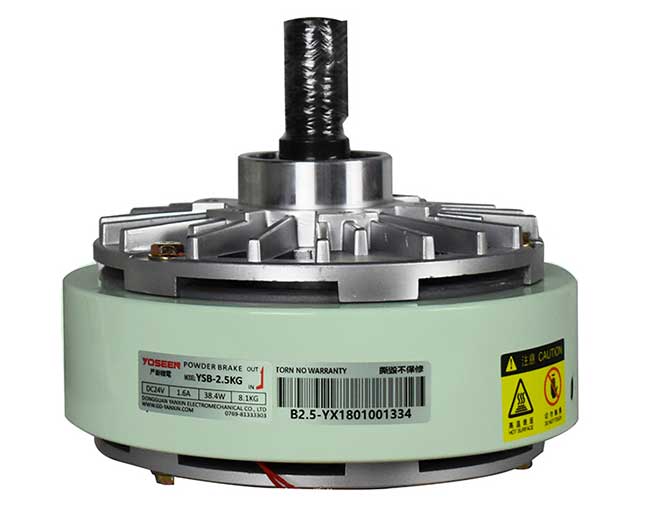Common braking methods for electric vehicles
Normal car brakes: Brakes are parts of an automobile’s braking system that are used to stop a vehicle from moving or tending to move. At present, the brakes used by various automobiles are friction brakes. There are two commonly used brakes, one is drum brakes, also known as “drum brakes”. Drum brakes are commonly used on rear-wheel drive trucks. Another type of brake is a disc brake, also known as “disc brake”, which is mainly used for car braking.
Braking methods for electric vehicles
The braking method of electric vehicles is basically the same as that of ordinary vehicles, but it is also different from ordinary internal combustion vehicles.
Electric vehicles can achieve energy feedback and regeneration when braking. When the electric vehicle brakes, the motor runs in the state of power generation, which converts part of the kinetic energy of the vehicle into electrical energy and charges the battery, which can prolong the battery life of the electric vehicle. Relevant studies have shown that in some large and medium-sized cities, road congestion is common, causing frequent braking and starting of cars. If the braking energy can be recovered, the driving distance of electric vehicles can be extended by 10% to 30%.
Because the engine assembly part of the electric vehicle has been removed, its brakes cannot obtain a vacuum boost from the engine intake manifold. Currently, electric vehicles with hydraulic braking systems will be equipped with an electric vacuum pump to generate a vacuum boost. The vacuum booster is installed on the brake. Between the pedal and the brake master cylinder, the pedal controls the push rod for manipulation.
Some electric vehicles also use an electronic braking system. This system does not require a hydraulic system. The brake pedal transmits the braking signal to the ESP control unit, and the system will make the calipers move for braking. The motor and electronic control system, gear mechanism, piston, and parking brake are integrated into the caliper. This system is characterized by a faster response, but the braking force is smaller than the traditional hydraulic system, and it is often used as a rear-wheel brake.
Can magnetic particle brakes be used for electric vehicles?
Based on the above characteristics of electric vehicle braking, can magnetic powder brakes be used for electric vehicle braking?

Magnetic Particle Brake
Magnetic Particle Brakes are an automatic control element with multi-purpose and superior performance. It has been widely used in papermaking, printing, plastics, rubber, textiles, printing and dyeing, wire and cable, metallurgy, tablet presses, and other related coiling and processing industries for unwinding and winding tension control.
More Detail: Magnetic Particle Brakes & Clutches: 6 things you must know
A magnetic particle brake is a kind of magnetic particle in the working gap between the stator and the rotor. With the help of the binding force between the magnetic particle generated by the electromagnetic absorbing power, the friction power of the magnetic particle, and the working surface Movement device.
Principles of magnetic particle brake work
Because magnetic particle brakes are worked according to electromagnetic principles, and magnetic particle is used to convey torque. The relationship between the excitement current and the torque is basically linear. Its working characteristic curve is shown in the figure below.

The magnetic particle brake can pass the torque without the same sliding. It has the advantages of simple structure, fast response speed, small pollution, no noise, no impact vibration, and energy saving. It is a multi-purpose and superior automatic control element Essence
Features of magnetic particle brakes

Magnetic particle brakes have the following functional characteristics, which are conducive to their use of braking components of electric vehicles:
- The range of torque is widely controlled, the control accuracy is high, and the torque and the excitement current are positive, which can achieve high-precision control.
- Suitable for the high-frequency operation to answer agile, fast, and special heat dissipation structure, and suitable for high-frequency operation.
- Lightweight, exempt, long-life, and simple type, use high-temperature resistance coils and special oil bearings, and specially treated specialties for easy-to-wear workers, which can extend the service life.
Feasibility analysis of using magnetic particle brake as electric vehicle brake
Magnetic particle brakes are widely used. According to the torque characteristics of magnetic particle brakes, only need to adjust the excitation current to achieve the purpose of controlling the braking time or changing the braking process curve.
Advantages of magnetic particle brake
Practical applications include the operation of large conveying equipment, cranes, rolling mills, textile and printing machinery, etc. Because the static friction coefficient and dynamic friction coefficient of the magnetic particle brake are almost equal, there will be no vibration when fully connected, and the speed can be accelerated and decelerated according to the load; the magnetic particle brake can achieve continuous sliding operation, obtain stable torque, no buzzing sound, and has a large heat capacity. In order to achieve good heat dissipation characteristics, the magnetic particle brake is generally made of aluminum alloy, the demagnetization of the material is excellent, and the response speed is fast; the operation is stable, and there is no vibration, no impact, no noise under various motion states.
Based on the above advantages of the magnetic particle brake, it can be applied to the braking of electric vehicles. And because it uses DC as the excitation power supply, it is easier to realize in electric vehicles.
Disadvantages of magnetic particle brake
However, magnetic particle brakes also have the following three disadvantages in terms of working characteristics:
- During the long-term stagnation of the magnetic particle brake, the magnetic particle often gathers in one place, which may cause the brake to “stuck”. At present, the commonly used solution is to turn the brake as a whole to loosen the magnetic particle or use a lever to pry. When the electric vehicle is not used for a long time, the potential safety hazard caused by the accumulation of magnetic particles should be considered, and reliable measures should be taken to avoid the stuck phenomenon.
- At the same time, before the first use of the magnetic particle brake, 30% of the rated current should be passed through, and the power should be turned off and on after 10 seconds of operation, and repeated several times to ensure the uniform distribution and fluidity of the magnetic particle.
- Moreover, the magnetic particle brake does not support the installation method of bearing the main transmission force in the radial direction; it cannot be used with super torque and speed, otherwise, the life of the magnetic particle will drop sharply, or the phenomenon of particle leakage and jamming will occur.
Based on the restrictions on the use of magnetic particle brakes above, if it is used for electric vehicle braking, the magnetic particle brake must be further modified to meet the requirements of electric vehicle braking performance.
Final words
The magnetic particle brake has the advantages of fast response, no pollution, no noise, energy saving, etc. It is a multi-purpose, high-performance automatic control component. Under the premise of ensuring safety, the advantage of magnetic particle braking for electric vehicles is that it can not only improve the energy utilization rate, but also reduce the mechanical wear of mechanical and hydraulic braking methods, realize more precise braking control, and reduce the energy consumption of traditional vehicles. Braking heat fading is caused by temperature rise during braking, etc.
However, it is impossible to apply it to electric vehicles under the current industrial technology conditions.
Read More: Magnetic particle clutch Wikipedia
